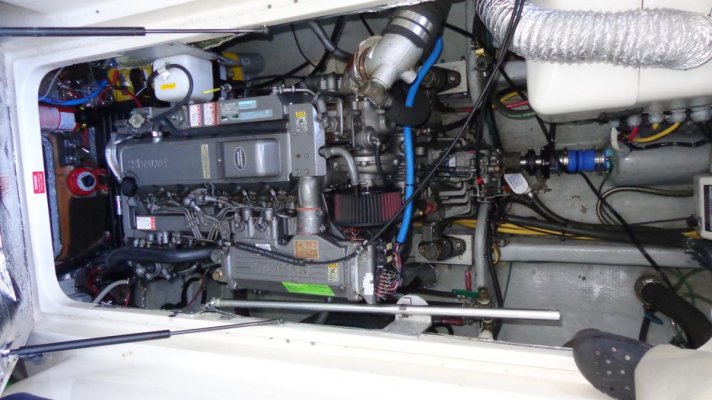Having about 10% old oil in the engine is not to be considered a problem. IMO
There is a mindset on TF to achieve 100% of everything. Anchors dragging? not an inch. Many remember Marin Fare. When he bought the Rocna he was totally convinced it would never drag. It probably did. The seafloor in a liquid of varying degrees of liquidity. I’m saying everybody has dragged their anchors. And few know about it. But does it matter? Certainly not.
And likewise does it matter if there’s a bit of old oil in the engine after a change. Certainly not. Many people go 100,000mi. In their cars w/o changing the oil at all. We all fully accept many things that are not ideal from marriage to how green our lawns are.
Residual oil in our engines is fly stuff. Is it ideal .. no. Is it to be avoided? Not unless you like beating your head on the wall.
The downside is that you’ll have impurities like acids, fuel, carbon and other undesirables in the oil. The way to minimize the downside is not to fret around about the contamination but to do what you can to minimize it. It’s obvious you’ll never get all the oil out. Never. So to minimize it just change oil more often. Warm the engine up by an hour’s run at cruise speed or more, drop the oil out as immediately as is practical and perhaps let it drain more by leaving the engine sit overnight and extract what has drained overnight. I usually do that.
Then replenish w oil that minimizes contamination and the things that cause contamination like running a 160 degree thermostat, running at low load and hence low temps, and anything else that would promote oil contamination. And if you do change more often or even much more often. Oil changes are not expensive.
Then change often.
When you leave a bit of old oil in the engine at oil change time remember your only leaving a small fraction compared to what you put in. And like many things in life 100% is unobtainium and you’d be wasting your time thinking about it. Go cruising with or without 100% fresh oil. You don’t need it.
Pump it back in? Whatever for? And you’ll have residual oil in the thing you use if it’s the same as you use to pump it out. Sounds to me like more work and complications that pouring the new oil in through the fuller hole in the valve cover.




